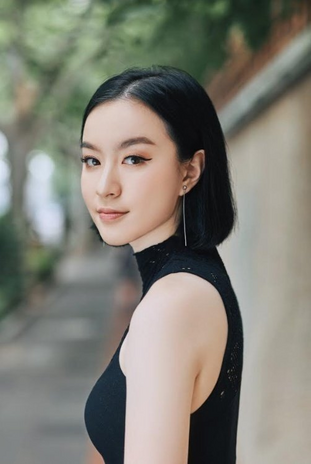The coolest thing about writing historical fantasy—in my ever humble opinion—is finding that perfect balance between the fantastical fiction I make up and the true history I want to adhere closely to. And it’s hard! While writing “These Violent Delights” and “Our Violent Ends” (both of which are now on shelves!), I wanted to capture 1920s Shanghai in its true spirit without sacrificing the fictional story of love and hope that I wanted to tell. There was so much research that I did which ended up getting tossed to the wayside because, well, five paragraphs in a row about a little historical tidbit might not quite belong in a young adult historical fantasy novel. But now, let me walk you through some of the facts I learned that I couldn’t expand on:
- The Bund was height restricted
-
The Bund is an iconic part of Shanghai, usually the first stop for tourists in the present day. Back in the 1920s it was already a significant part of Shanghai’s iconography, known as the place where the ships would dock and the commercial district was concentrated around. The buildings there—mostly Western-funded financial industries—could only be built up to a certain height, keeping the Art Deco designs at the Bund all similar and aesthetically pleasing.
- Extraterritoriality was complicated
-
To be fair, this does work its way into the book as a part of its worldbuilding: Shanghai was split among different foreign powers in which the French controlled certain parts, the British controlled certain parts, and the native Chinese controlled the remaining chunks, etc etc etc. But there were so many interesting facets of this to do with its courts and legal procedures, wherein different jurisdictions would need to collaborate, or wherein different jurisdictions didn’t collaborate, that didn’t make it into the book because it wasn’t relevant enough to the plot. *sad face*
- There were so many more nationalities present in Shanghai that i Could Work Into THe Book
-
Shanghai was a free port city, meaning that immigrants or refugees could sail in and then lose themselves into the streets without official visas and documentation. There were groups of every nationality in the population, making the 1920s this absolute melting pot of cultures blended together. This often gets lost in our perception of Shanghai’s history because of later events, when World War 2 began and when civil war moved through the country too, both of which eventually drove most refugee groups out.
- Chinese romanization Has Multiple Systems
-
This is less a fun fact and more a nuisance for me while doing research, but Chinese romanization has two major methods, one called Wade-Giles and one called pinyin. Wade-Giles started earlier while pinyin is more common for today’s Mandarin Chinese, meaning I’m more familiar with the latter and chose to write my books in pinyin when I used Chinese, while many of my primary source research materials used Wade-Giles. If I was looking at a map of 1920s Shanghai, there would be street names that I would have to sound out at least ten times before it finally clicked what the actual Chinese was!
- Sometimes true history might not even be true history
-
After digging deep into 1920s Shanghai, one of my big takeaways was that actually… it’s impossible to get a full picture on history. History is constantly biased, and full of holes, and swayed in certain ways depending on who made the catalogue of it. There are major political figures from 1920s Shanghai who have been lost to time or deliberately erased after the revolution in the 30s. Who knows—if we had that missing information, it might change how we understand the chain of events back then in a very different way. All I could do was work with the resources I could find, and use the glimmering atmosphere to tell a story that did justice for the setting.
Chloe Gong’s “Our Violent Ends,” the sequel to her NYT Best Seller “These Violent Delights,” can be bought at your local independent bookstore or online, just in time for the holiday season.
Thank you to Chloe Gong for contributing to Her Campus Hofstra and Jenny Lu for facilitating the contribution.

